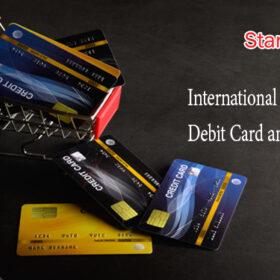India has witnessed a remarkable revolution in the digital payments space in recent years, with the introduction of the Unified Payments Interface (UPI) and the widespread adoption of merchant payments. UPI, a real-time payment system, has become the backbone of digital payments in India and has transformed the way people conduct transactions.
Launched in 2016, UPI is an instant payment system that facilitates inter-bank transactions through a mobile platform. It enables users to transfer funds from one bank account to another in a secure and convenient manner, without the need for traditional banking methods such as NEFT, RTGS, or IMPS. The system is interoperable across banks and can be accessed through a mobile app, making it accessible to anyone with a smartphone and a bank account.
The UPI system has been a game-changer for India’s digital payments ecosystem. It has simplified the payment process for both consumers and merchants, making it easier for them to transact with each other. UPI has also eliminated the need for cash transactions, which has made it a popular choice among small and medium-sized businesses.
The adoption of UPI has been phenomenal, with the number of transactions increasing from 21 million in November 2016 to over 3 billion in March 2021. Today, UPI is the preferred mode of payment for a wide range of services, including utility bill payments, mobile recharges, and e-commerce purchases.
Another significant development in India’s digital payments space has been the growth of merchant payments. Merchants, including small businesses and street vendors, have also started accepting digital payments, which has helped to reduce their dependence on cash transactions. According to the Reserve Bank of India, the share of digital payments made by merchants increased from 8.1% in March 2020 to 14.8% in December 2020.
The growth of merchant payments has been driven by several factors, including the increasing adoption of UPI and the availability of low-cost payment solutions. Payment service providers have also introduced innovative payment solutions, such as QR code-based payments and contactless payments, which have made it easier for merchants to accept digital payments.
Overall, the UPI revolution and the growth of merchant payments have transformed India’s digital payments landscape. The adoption of UPI has made digital payments accessible to a large segment of the population, including those who were previously excluded from the traditional banking system. The growth of merchant payments has also helped to reduce the country’s dependence on cash transactions and has made it easier for businesses to transact with each other. With the continued growth of digital payments, India is well on its way to becoming a cashless economy.




GIPHY App Key not set. Please check settings